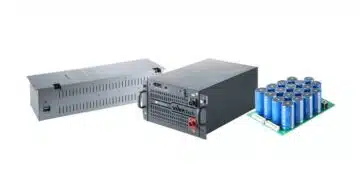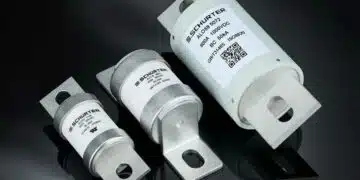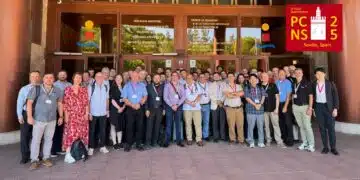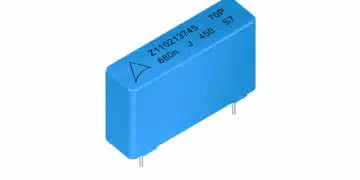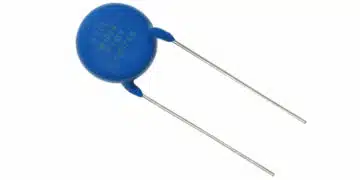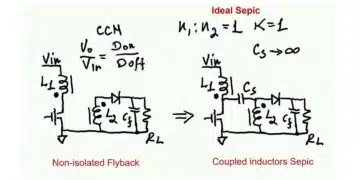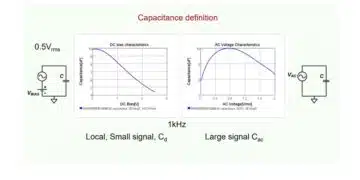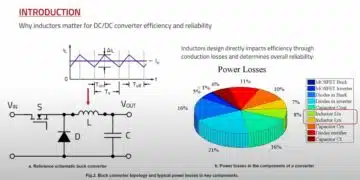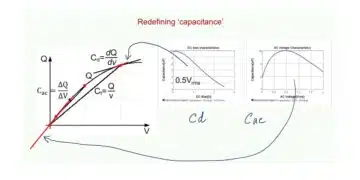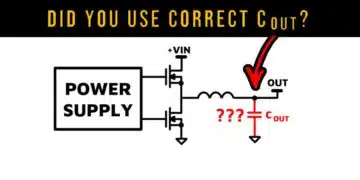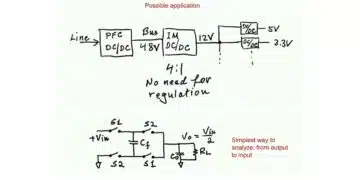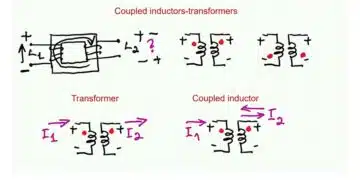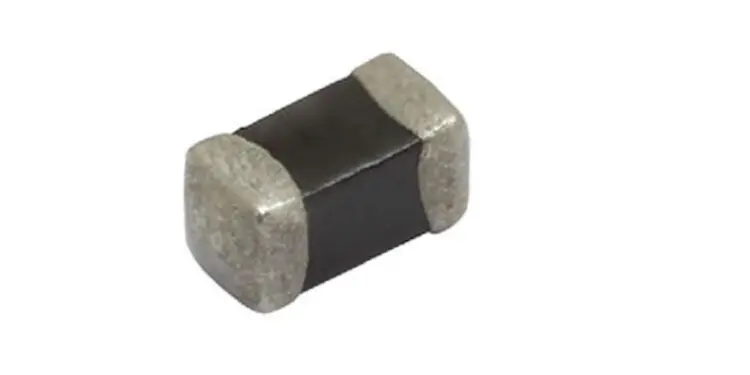Vishay BCcomponents has extended its broad portfolio of SMD devices with new values for the NTCS….E3….T series of glass-protected NTC thermistors.
Parts offering the new values include 1 kΩ and 1.5 kΩ devices in the tinned nickel 0603 and 0805 cases (NTCS….102.LT and NTCS….152.LT). Such low resistance values at 25 °C allow for higher currents when the components are powered, for example, in devices like of 4 mA to 20 mA converters.
A new popular value of 5 kΩ has also been introduced in the 0603 and 0805 ranges, providing compatibility with Shibaura MELFs used in IGBT and power MOS modules. This eliminates the need to modify firmware when using our standard 4.7 kΩ in place of a 5 kΩ device. These new values are supplied with a ± 1 % tolerance on the B25/85 value (slope of resistance in temperature).
The devices have been qualified under AEC-Q200 testing procedures and can be used at temperatures as high as 150 °C. The components are also provided with a specific plug and play SPICE model for easy application integration. Their resistance temperature curves are available online.
Key Advantages
- Extension of the range limits
- Higher current compatible with mitigated self-heating
- Compatible with competition
- Stability up to 150 °C
- AEC-Q200 qualification




